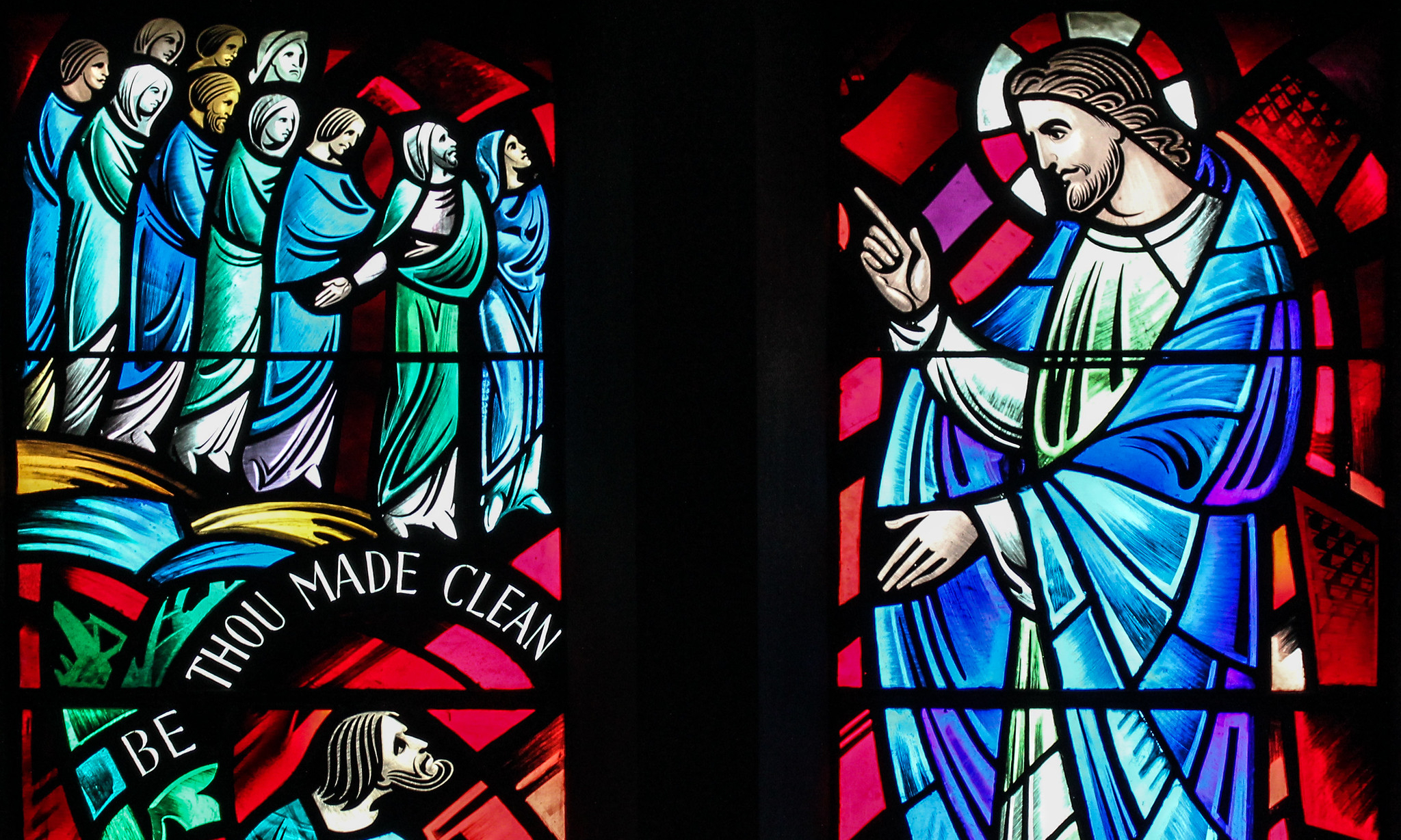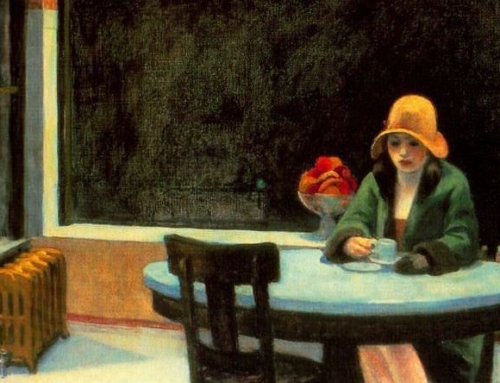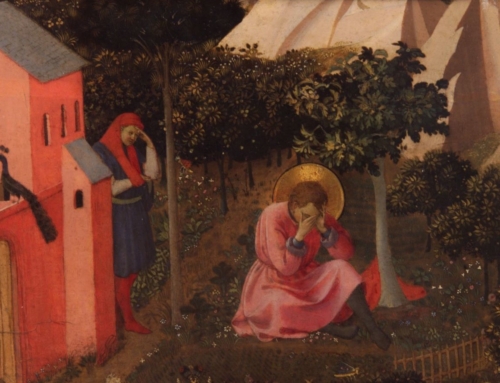Much could be made of the image of leprosy in today’s Gospel, in which only one of ten lepers, a Samaritan, “realizing he had been healed, returned, glorifying God in a loud voice” (Lk 17:15). When Jesus cures these men, Sacred Scripture does not merely recount the historical fact that this miracle happened. Rather, since God is the primary author of Scripture, the text can signify spiritual realities not only by using words, as we do, but also by means of the things themselves (this is the spiritual sense of Scripture; see Saint Thomas Aquinas, ST I q. 1, a. 10). By reflecting on how Jesus physically heals the Samaritan, we can get a glimpse of a second, infinitely more precious healing: the healing gift of faith.
Hansen’s disease, leprosy properly so-called, is not just another skin disease: it is a chronic bacterial infection that attacks the nervous system. We now know that 95% of us carry a natural immunity to leprosy, that it can only be contracted through prolonged exposure, and that we can halt the infection with antibiotics, given the proper resources.
In first-century Israel, none of this information was available. Although sara’at, “uncleanness” in Leviticus, often referred to less severe and temporary infections (see Lev 14:33-47; 55), Hansen’s disease was also present by the time of Christ (for more on leprosy in the Old Testament and modern leprosy, see here).
Any “uncleanness” would separate the leper from Israel’s worship and community, at least temporarily, but Hansen’s disease would have been far worse: the principal organ that it attacks isn’t the skin, but the nerves. Left untreated, affected limbs and organs become crippled and paralyzed; damage to the facial nerves makes one unable to blink, leading to blindness.
The leper also loses the ability to feel pain. Saint Damien, while ministering to lepers on the island of Molokai, knew he had finally contracted the disease himself when his foot could no longer sense extreme temperatures. When the pain receptors can no longer signal that the body is harmed, accidental and self-inflicted injuries multiply. Considering that a leper could expect to lose sight, mobility, and even sensation, leprosy in this form was a living death. There would be no treatment for centuries.
To cure a leper in the first century is the work of God; it is not unlike raising someone from the dead. If we are right to read these lepers as having Hansen’s disease, not just another skin infection, then the image the Gospel presents involves a complete purging and restoration of their nervous systems. It involves reversing the blindness or paralysis already begun, something modern medicine cannot do. It resurrects a person internally, protects him from self-harm, and restores him to his community.
For one leper, however, and with his free assent, our Lord worked a much greater miracle. When the Samaritan realized what he had been given in this first gift, he was offered a much greater grace, that of faith. This gift of faith is even greater proof of God’s mercy, since “No one can say ‘Jesus is Lord’ except by the Holy Spirit” (1 Cor 12:3). Grace heals our crippled life to walk as Jesus walked (1 Jn 2:6); it fills our numb souls with “sighs too deep for words” (Rom 8:26); it purifies our hearts, that we may see God (Mt 5:8).
The saints receive and embrace a graced neurology. This gift makes them more and more aware of their faults and of the gravity of sin. When holy men and women shed copious tears for their sins, they aren’t overreacting. In faith they are no longer numb to the reality of God’s goodness and our failings, and with Saint Paul they claim to be “the foremost of sinners” (1 Tim 1:15). With their divine perspective comes the sensitivity to fall at Jesus’ feet, and to hear him call us to the fullness of life: “Rise and go your way; your faith has made you well” (Lk 17:19).
✠
Photo by Fr. Lawrence Lew, O.P. (used with permission)







